محصولات ویژه
© کپی رایت 2025 | کلیه حقوق مادی و معنوی متعلق به بتنو می باشد
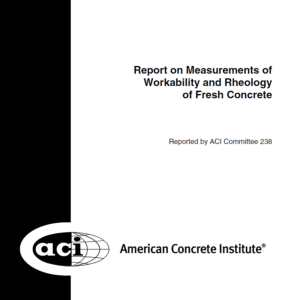
 Concrete Structures in Earthquake_ سازه های بتنی در زلزله
Concrete Structures in Earthquake_ سازه های بتنی در زلزله
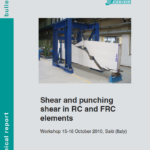 Shear and punching shear in RC and FRC elements_برش و پانچ در عناصر RC و FRC
Shear and punching shear in RC and FRC elements_برش و پانچ در عناصر RC و FRC
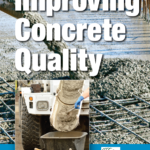 Improving Concrete Quality_بهبود کیفیت بتن
Improving Concrete Quality_بهبود کیفیت بتن
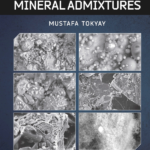 CEMENT and CONCRETE MINERAL ADMIXTURES_ مواد افزودنی معدنی برای سیمان و بتن
CEMENT and CONCRETE MINERAL ADMIXTURES_ مواد افزودنی معدنی برای سیمان و بتن
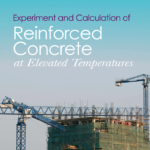 Experiment and Calculation of Reinforced Concrete at Elevated Temperatures_آزمایش و محاسبه تقویت شده بتن در دماهای مرتفع
Experiment and Calculation of Reinforced Concrete at Elevated Temperatures_آزمایش و محاسبه تقویت شده بتن در دماهای مرتفع
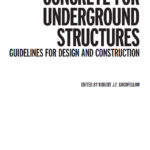 CONCRETE FOR UNDERGROUND STRUCTURES_بتن سازه های زیرزمینی
CONCRETE FOR UNDERGROUND STRUCTURES_بتن سازه های زیرزمینی
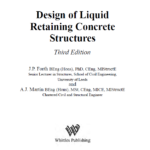 Design of Liquid Retaining Concrete Structures_طراحی بتن نگهدارنده مایع سازه ها
Design of Liquid Retaining Concrete Structures_طراحی بتن نگهدارنده مایع سازه ها
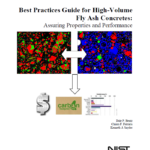 Best Practices Guide for High-Volume_راهنمای بهترین روش ها برای حجم بالا
Best Practices Guide for High-Volume_راهنمای بهترین روش ها برای حجم بالا
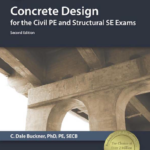 Concrete Design_ طراحی بتن
Concrete Design_ طراحی بتن
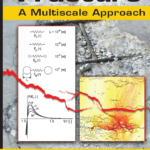 Concrete Fracture_ شکستگی بتن
Concrete Fracture_ شکستگی بتن
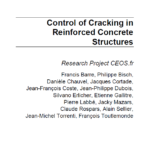 Control of Cracking in Reinforced Concrete Structures _ کنترل ترک خوردگی در سازه های بتنی مسلح
Control of Cracking in Reinforced Concrete Structures _ کنترل ترک خوردگی در سازه های بتنی مسلح
 Alkali-Aggregate Reaction in Concrete: A World Review_کتاب واکنش قلیایی سنگدانه در بتن: یک مرور در اطلس جهان
Alkali-Aggregate Reaction in Concrete: A World Review_کتاب واکنش قلیایی سنگدانه در بتن: یک مرور در اطلس جهان